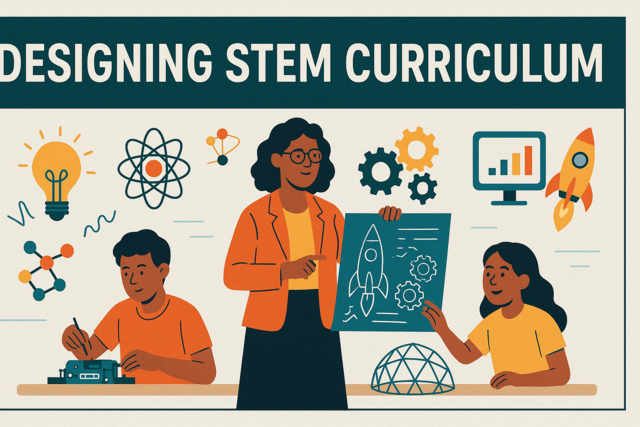Online Class: Writing Across the Curriculum — Best Practices

no certificate
with CEU Certificate*
-
15Lessons
-
22Exams &
Assignments -
3Hours
average time -
0.3CEUs
Course Description
Welcome to an educational journey unlike any other—a voyage that will redefine your perspective on writing and its unparalleled power to transform the educational experience. Writing Across the Curriculum: Best Practices is not merely a course; it is an invitation to unlock your potential, an opportunity to reshape the way you engage with knowledge, and a pathway to discovering new dimensions of teaching and learning.
Imagine stepping into a classroom where writing is not confined to the pages of English literature, but rather, it blossoms into every discipline, breathing life into math, science, social studies, and beyond. This course dismantles the barriers between subjects, revealing the omnipresent role of writing as an anchor of critical thought and analytical mindsets. Through our meticulously crafted narrative, you will embark on a transformative quest to become a more insightful educator and a catalyst for student engagement.
We begin with a simple yet profound idea: when students write to learn, they learn to think. From unearthing the magic of narrative writing in mathematics to making sense of the scientific method through the art of scientific documentation, you will discover strategies to make complex subjects resonate at a personal level. These insights are not just innovative; they are essential. In a world that constantly demands more complex thought and communication, these skills elevate both understanding and application.
In Writing Across the Curriculum, math becomes a story that students can relate to, filled with plots and characters spun from equations and variables. Science transforms into a narrative of discovery, a testament to human curiosity that extends beyond the lab into our everyday interactions. What if history could be told not as silent facts, but as a compelling dialogue with the past that informs and enlightens the present? As you guide your students through these interdisciplinary intersections, you will witness the unlocking of their innate creativity.
Yet, this course dives even deeper. Here, writing ceases to be a mere academic assignment; it becomes a social force. Persuasion in writing for social studies, for instance, opens up avenues for engaging with global issues, fostering a commitment to reasoned debate and ethical expression. You are equipped to transform your students into not only learners but informed citizens, capable of contributing intelligently to the world around them.
Your journey does not occur in isolation. It gracefully touches on collaborative efforts as well, encouraging you to forge new alliances and create projects that engage diverse voices. With the dynamic interplay of teamwork and tools, your classroom becomes a hive of activity, each student finding their niche, each contribution reinforcing a collective narrative of success.
And as the digital age redefines literacy, our curriculum pivots toward a future ready mindset, seamlessly integrating technology to enrich your lessons. Imagine your students using multimedia to storyboard their learning journeys, each visual and soundbite deepening their engagement. They are not just passive consumers of information, but active authors of their educational narratives, better prepared for the multifaceted challenges of tomorrow.
Ultimately, Writing Across the Curriculum is more than a teaching strategy; it is a comprehensive approach to education that celebrates clarity, coherence, and creativity. Through our immersive and supportive environment, you will not only refine your approach to rubrics and writing styles but elevate the academic discourse itself.
Join us on this exciting expedition, one that guarantees lasting impact. You will emerge not simply as a teacher of writing, but a visionary educator, a trailblazer wielding writing as a transformative tool across disciplines. When you choose to enroll in this course, you are accepting a role in a vibrant community dedicated to evolving how writing shapes minds and changes lives. Together, we will redefine the possibilities of education, one powerful sentence at a time. Choose to make a difference. Choose Writing Across the Curriculum: Best Practices.
- Completely Online
- Self-Paced
- 6 Months to Complete
- 24/7 Availability
- Start Anytime
- PC & Mac Compatible
- Android & iOS Friendly
- Accredited CEUs

Course Lessons
Lesson 1. Write to Learn: Enhancing Critical Thinking Across Disciplines
WAC empowers educators to transcend traditional teaching boundaries, integrating writing into subjects like math and science to deepen students' understanding. By designing engaging assignments, teachers foster critical inquiry and connect theory with practical application.Lesson 2. Transformative Power of Writing in Mathematics Education
Through narrative writing, students turn mathematics into a story, which demystifies complex problems and makes them more relatable. This approach engenders creativity while reinforcing analytical skills and helps students communicate mathematical ideas more effectively.Lesson 3. Scientific Writing: Bridging Research and Real-World Applications
The process of scientific writing is as much about innovation as it is about preserving integrity through ethical considerations and peer review, ensuring the authenticity and reliability of scholarly work. It's a collaborative journey that integrates specialized insights, creating comprehensive, credible narratives that push the boundaries of existing knowledge.Lesson 4. The Anatomy of Persuasive Writing for Social Studies Students
The integration of historical context and modern data in persuasive writing enriches the narrative, creating arguments that resonate with both logic and emotion. This balanced approach to writing equips students to deal with contemporary issues, fostering a deeper appreciation for the interconnectedness of global events.Lesson 5. Harnessing Creativity Through Voice and Structure
Interweaving voice and style allows historical tales to pulse with newfound relevance, capturing events like the moon landing through rich sensory language. Students can harness this by infusing scientific writings with analogies, turning complex chemical processes into engaging narratives akin to a rhythmic dance.Lesson 6. Interdisciplinary Insights for Enhanced Writing
Adopting interdisciplinary methods in writing empowers students to synthesize diverse knowledge, critically addressing real-world challenges through innovative solutions. This method encourages writing that seamlessly blends scientific, economic, sociocultural, and policy perspectives for comprehensive insights.Lesson 7. The Reflective Art Journey: Bridging Personal and Academic Insights
The language of reflection in art forms enhances both personal growth and academic abilities, offering students profound ways to engage with their writing. By exploring reflective elements in mediums like visual arts, music, and theater, students refine articulation and gain deeper insights into the human experience.Lesson 8. Audience Insight & Purpose Precision in Tech Writing
The key to impactful technical documentation lies in aligning content with audience needs and clarity of purpose. This ensures readers can easily comprehend and apply information, whether navigating user manuals or technical proposals.Lesson 9. Cultivating Future-Ready Scholars in the Digital Age
Incorporating digital elements into writing tasks enriches both understanding and presentation, stimulating creativity through multimedia projects. This approach integrates diverse learning materials, enhancing students' skills in both creating cohesive narratives and critical evaluation.Lesson 10. Collaborative Writing Mastery: Nurturing Group Dynamics for Better Outcomes
Collaborative technologies play a crucial role in managing group dynamics by facilitating communication and task management. Tools like Slack and Trello enhance coordination, ensuring clarity and alignment in distributed teams during writing projects.Lesson 11. Beyond the Grade: How Writing Rubrics Shape Student Success
By detailing criteria and scales, rubrics provide precise feedback that enhances learning rather than relying on one-size-fits-all grades. This adaptability supports consistent evaluation in different fields, reinforcing clarity, coherence, and argumentation across diverse assignments.Lesson 12. The Art of Adapting Writing Styles Across Disciplines
Understanding genre conventions aids effective communication, enhancing writing skills in fields from academia to business. Mastery of these conventions is essential for students, ensuring credibility and proficiency in conveying their ideas.Lesson 13. Integrating Writing with STEM: A Multidimensional Approach
Writing enables STEM learners to internalize scientific processes by crafting structured narratives, such as biology lab reports or engineering project proposals. This practice promotes a deeper understanding of how theoretical concepts are applied to practical solutions, strengthening analytical capabilities.Lesson 14. Cultivating Literacy: The Transformative Power of Reading and Writing
Reading and writing are deeply intertwined processes that go beyond basic literacy, creating a foundation for critical and creative engagement with texts. By leveraging active reading strategies and expressive writing, students cultivate robust analytical abilities and imaginative thinking styles.Lesson 15. Dynamic Writing: Enhancing Cognitive and Engagement Levels Across Disciplines
Writing Across the Curriculum enhances student engagement by intertwining cognitive involvement and academic success through varied writing tasks. This pedagogical approach turns writing into a transformative tool for deeper understanding and active learning across all subjects.
Learning Outcomes
- Demonstrate the ability to adapt writing style and structure according to different academic contexts and audiences using Writing Across the Curriculum principles.
- Define and analyze specific strategies for integrating writing assignments into non-language arts subjects to foster critical thinking and comprehension.
- Analyze complex mathematical problems by writing explanations for each solution step, demonstrating critical evaluation and application of mathematical concepts to varied problem contexts.
- Define the process of articulating mathematical thought processes through narrative writing, linking each step to enhancing comprehension of abstract mathematical principles.
- Demonstrate the ability to create clear and concise visual aids that effectively convey complex data in scientific writing, ensuring enhanced understanding and retention for diverse audiences.
- Identify and describe the key components of the IMRaD structure in scientific writing, including their individual purposes and contributions to research presentation.
- Define and construct a thesis statement that encapsulates the central argument of a persuasive essay in social studies and aligns supporting evidence logically.
- Identify and integrate diverse types of historical and contemporary evidence to substantiate arguments in persuasive writing, while effectively addressing counterarguments.
- Define narrative voice and style, explaining their impact on reader engagement and emotional response
- Demonstrate the application of voice and style to create vivid characterizations and settings in creative writing
- Demonstrate the ability to synthesize information from at least three disciplines to create a comprehensive written analysis of a complex issue.
- Identify and evaluate sources from various academic fields to effectively support interdisciplinary research in writing assignments.
- Identify and analyze reflective elements in various art forms, illustrating how these elements enhance writing skills by fostering deeper emotional and intellectual engagement.
- Demonstrate mastery of lesson content at levels of 70% or higher.
Additional Course Information

- Document Your Lifelong Learning Achievements
- Earn an Official Certificate Documenting Course Hours and CEUs
- Verify Your Certificate with a Unique Serial Number Online
- View and Share Your Certificate Online or Download/Print as PDF
- Display Your Certificate on Your Resume and Promote Your Achievements Using Social Media

Choose Your Subscription Plan
No Certificate / No CEUs
This course only
| Includes certificate | X |
| Includes CEUs | X |
| Self-paced |

|
| Instructor support |

|
| Time to complete | 6 months |
| No. of courses | 1 course |
Certificate & CEUs
This course only
| Includes certificate |

|
| Includes CEUs |

|
| Self-paced |

|
| Instructor support |

|
| Time to complete | 6 months |
| No. of courses | 1 course |
Certificates & CEUs
Includes all 600+ courses
| Includes certificate |

|
| Includes CEUs |

|
| Self-paced |

|
| Instructor support |

|
| Time to complete | 12 Months |
| No. of courses | 600+ |
Certificates & CEUs
Includes all 600+ courses
| Includes certificate |

|
| Includes CEUs |

|
| Self-paced |

|
| Instructor support |

|
| Time to complete | 24 Months |
| No. of courses | 600+ |
Related Courses
-
 4 hours
0.4 CEUs
Raising Emotionally Intelligent Children: A Guide for Parents
+ More Info
4 hours
0.4 CEUs
Raising Emotionally Intelligent Children: A Guide for Parents
+ More Info
-
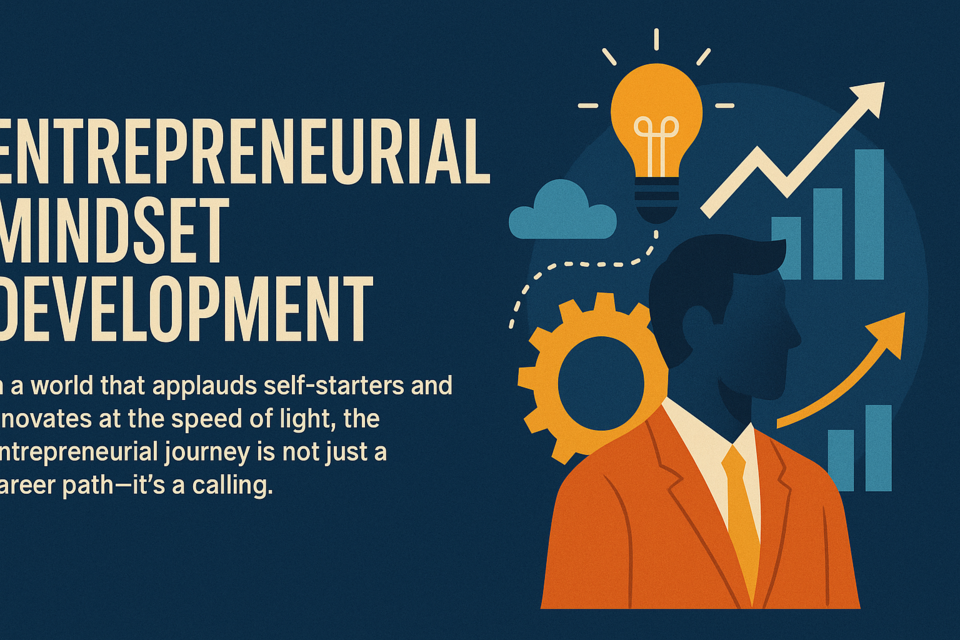 7 hours
0.7 CEUs
Entrepreneurial Mindset Development
+ More Info
7 hours
0.7 CEUs
Entrepreneurial Mindset Development
+ More Info
-
 5 hours
0.5 CEUs
Emotional Intelligence in the Workplace
+ More Info
5 hours
0.5 CEUs
Emotional Intelligence in the Workplace
+ More Info
-
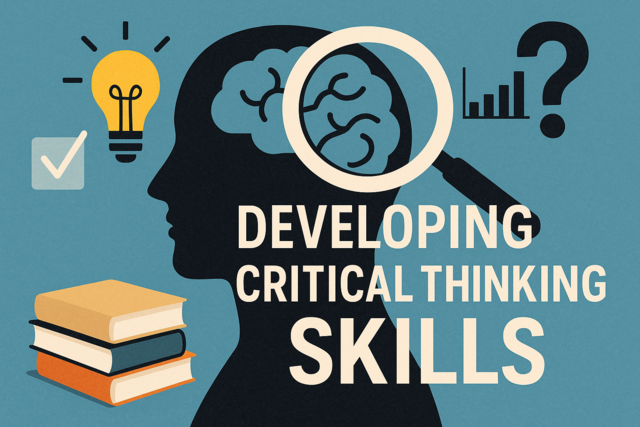 5 hours
0.5 CEUs
Developing Critical Thinking Skills
+ More Info
5 hours
0.5 CEUs
Developing Critical Thinking Skills
+ More Info
-
 7 hours
0.7 CEUs
The Science of Miracles: When Logic Defies Understanding
+ More Info
7 hours
0.7 CEUs
The Science of Miracles: When Logic Defies Understanding
+ More Info
-
 3 hours
0.3 CEUs
Agile and Scrum Fundamentals
+ More Info
3 hours
0.3 CEUs
Agile and Scrum Fundamentals
+ More Info
-
 3 hours
0.3 CEUs
Education Policy and Reform: Impact and Implications
+ More Info
3 hours
0.3 CEUs
Education Policy and Reform: Impact and Implications
+ More Info
-
 7 hours
0.7 CEUs
Guided Meditation Practices
+ More Info
7 hours
0.7 CEUs
Guided Meditation Practices
+ More Info
-
 7 hours
0.7 CEUs
Digital Friendships: Navigating Virtual Connections
+ More Info
7 hours
0.7 CEUs
Digital Friendships: Navigating Virtual Connections
+ More Info
-
 4 hours
0.4 CEUs
Beyond Words: The Silent Language of Relationships
+ More Info
4 hours
0.4 CEUs
Beyond Words: The Silent Language of Relationships
+ More Info
-
 4 hours
0.4 CEUs
Understanding Artificial Intelligence
+ More Info
4 hours
0.4 CEUs
Understanding Artificial Intelligence
+ More Info
-
 6 hours
0.6 CEUs
The Essence of Elegance: Dressing for Contemporary Sophistication
+ More Info
6 hours
0.6 CEUs
The Essence of Elegance: Dressing for Contemporary Sophistication
+ More Info
-
 4 hours
0.4 CEUs
Design Dynamics: The Rise of Contemporary Luxury Designers
+ More Info
4 hours
0.4 CEUs
Design Dynamics: The Rise of Contemporary Luxury Designers
+ More Info
-
 4 hours
0.4 CEUs
Facilitating Online and Hybrid Learning
+ More Info
4 hours
0.4 CEUs
Facilitating Online and Hybrid Learning
+ More Info
-
 3 hours
0.3 CEUs
Mindfulness and Well-Being at Work
+ More Info
3 hours
0.3 CEUs
Mindfulness and Well-Being at Work
+ More Info
-
 4 hours
0.4 CEUs
Rising Above Resentment: Healing Through Forgiveness
+ More Info
4 hours
0.4 CEUs
Rising Above Resentment: Healing Through Forgiveness
+ More Info
-
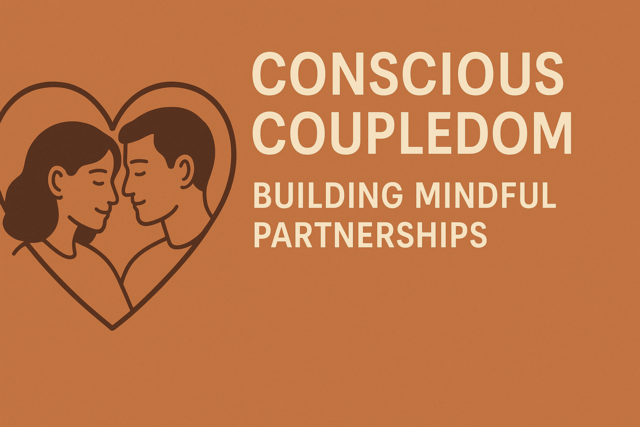 6 hours
0.6 CEUs
Conscious Coupledom: Building Mindful Partnerships
+ More Info
6 hours
0.6 CEUs
Conscious Coupledom: Building Mindful Partnerships
+ More Info
-
 7 hours
0.7 CEUs
Effective Communication Skills for Everyday Life
+ More Info
7 hours
0.7 CEUs
Effective Communication Skills for Everyday Life
+ More Info
-
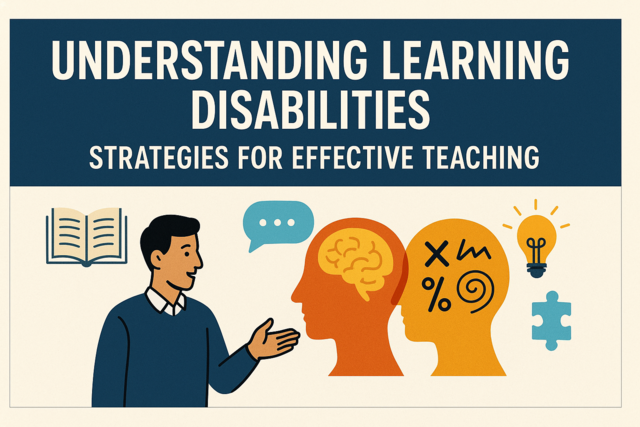 7 hours
0.7 CEUs
Understanding Learning Disabilities: Strategies for Effective Teaching
+ More Info
7 hours
0.7 CEUs
Understanding Learning Disabilities: Strategies for Effective Teaching
+ More Info
-
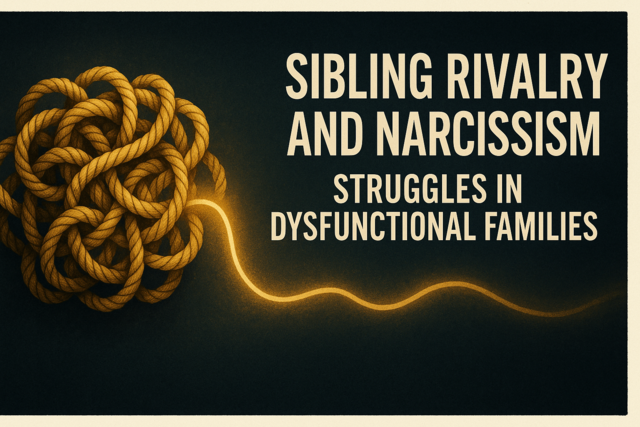 6 hours
0.6 CEUs
Sibling Rivalry and Narcissism: Struggles in Dysfunctional Families
+ More Info
6 hours
0.6 CEUs
Sibling Rivalry and Narcissism: Struggles in Dysfunctional Families
+ More Info
-
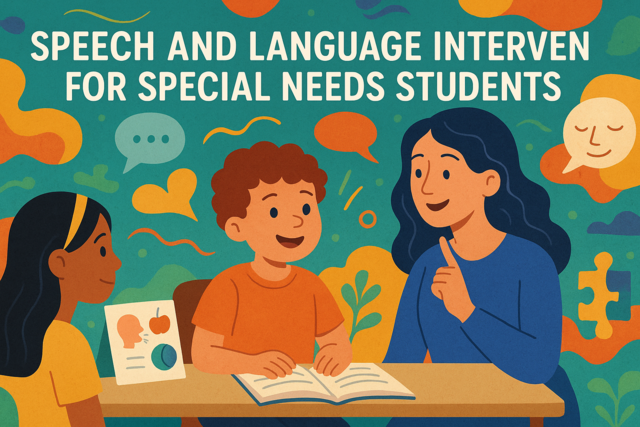 7 hours
0.7 CEUs
Speech and Language Interventions for Special Needs Students
+ More Info
7 hours
0.7 CEUs
Speech and Language Interventions for Special Needs Students
+ More Info
-
 4 hours
0.4 CEUs
Narcissistic Loops: Breaking the Cycle of Self-Absorption
+ More Info
4 hours
0.4 CEUs
Narcissistic Loops: Breaking the Cycle of Self-Absorption
+ More Info
-
 6 hours
0.6 CEUs
Phenomena of the Mind: Examining Telepathy and Psychic Abilities
+ More Info
6 hours
0.6 CEUs
Phenomena of the Mind: Examining Telepathy and Psychic Abilities
+ More Info
-
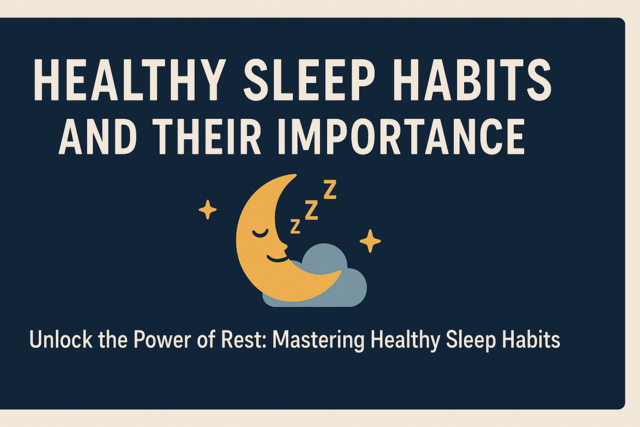 7 hours
0.7 CEUs
Healthy Sleep Habits and Their Importance
+ More Info
7 hours
0.7 CEUs
Healthy Sleep Habits and Their Importance
+ More Info
-
 5 hours
0.5 CEUs
Contemporary Luxury: Redefining Modern Fashion
+ More Info
5 hours
0.5 CEUs
Contemporary Luxury: Redefining Modern Fashion
+ More Info
-
 3 hours
0.3 CEUs
Collaborative Teaching Approaches
+ More Info
3 hours
0.3 CEUs
Collaborative Teaching Approaches
+ More Info
-
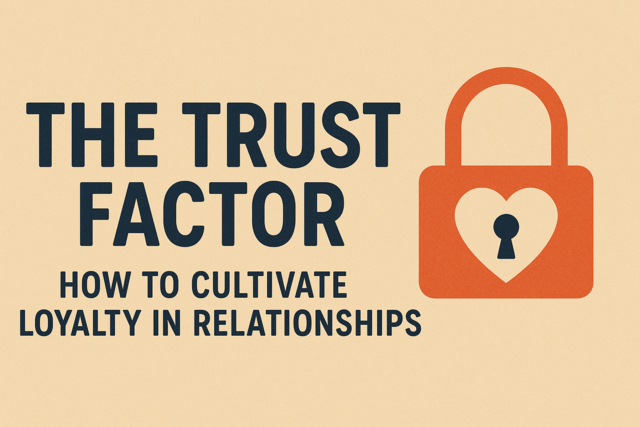 7 hours
0.7 CEUs
The Trust Factor: How to Cultivate Loyalty in Relationships
+ More Info
7 hours
0.7 CEUs
The Trust Factor: How to Cultivate Loyalty in Relationships
+ More Info
-
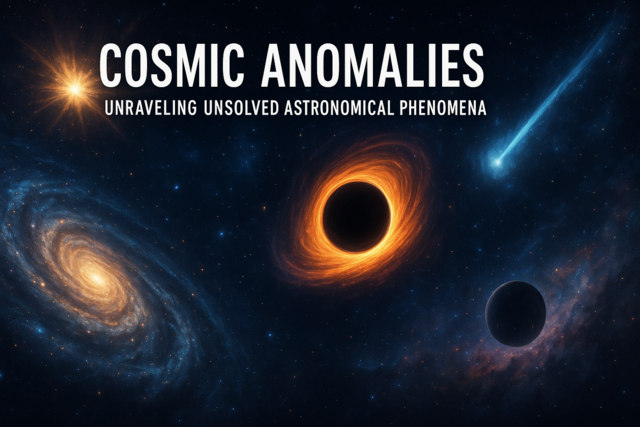 5 hours
0.5 CEUs
Cosmic Anomalies: Unraveling Unsolved Astronomical Phenomenon
+ More Info
5 hours
0.5 CEUs
Cosmic Anomalies: Unraveling Unsolved Astronomical Phenomenon
+ More Info
-
 7 hours
0.7 CEUs
Pioneers of Anomalous Sciences
+ More Info
7 hours
0.7 CEUs
Pioneers of Anomalous Sciences
+ More Info
-
 7 hours
0.7 CEUs
Spiritual Awakening and Self-Discovery
+ More Info
7 hours
0.7 CEUs
Spiritual Awakening and Self-Discovery
+ More Info
-
 7 hours
0.7 CEUs
Negotiation and Persuasion in Business
+ More Info
7 hours
0.7 CEUs
Negotiation and Persuasion in Business
+ More Info
-
 3 hours
0.3 CEUs
Sound Therapy and Vibrational Healing
+ More Info
3 hours
0.3 CEUs
Sound Therapy and Vibrational Healing
+ More Info
-
 5 hours
0.5 CEUs
Advanced Communication Skills for the Workplace
+ More Info
5 hours
0.5 CEUs
Advanced Communication Skills for the Workplace
+ More Info
-
 7 hours
0.7 CEUs
Authentic Connections: The Importance of Transparency in Relationships
+ More Info
7 hours
0.7 CEUs
Authentic Connections: The Importance of Transparency in Relationships
+ More Info
-
 3 hours
0.3 CEUs
Preparing Students for Careers of the Future
+ More Info
3 hours
0.3 CEUs
Preparing Students for Careers of the Future
+ More Info
-
 7 hours
0.7 CEUs
Cultural Perspectives on Trauma: Understanding Global Variations
+ More Info
7 hours
0.7 CEUs
Cultural Perspectives on Trauma: Understanding Global Variations
+ More Info
-
 6 hours
0.6 CEUs
The Vogue of Now: An Insight into Modern Fashion Trends
+ More Info
6 hours
0.6 CEUs
The Vogue of Now: An Insight into Modern Fashion Trends
+ More Info
-
 5 hours
0.5 CEUs
Family Dynamics and Trauma: Unraveling the Impact on Relationships
+ More Info
5 hours
0.5 CEUs
Family Dynamics and Trauma: Unraveling the Impact on Relationships
+ More Info
-
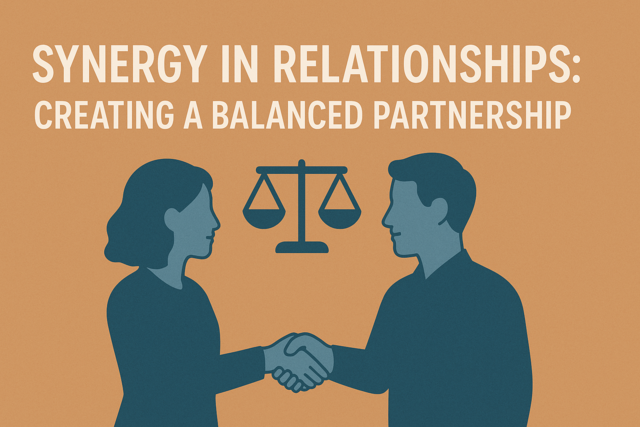 3 hours
0.3 CEUs
Synergy in Relationships: Creating a Balanced Partnership
+ More Info
3 hours
0.3 CEUs
Synergy in Relationships: Creating a Balanced Partnership
+ More Info
-
 3 hours
0.3 CEUs
The Science of Happiness in Family Life
+ More Info
3 hours
0.3 CEUs
The Science of Happiness in Family Life
+ More Info




